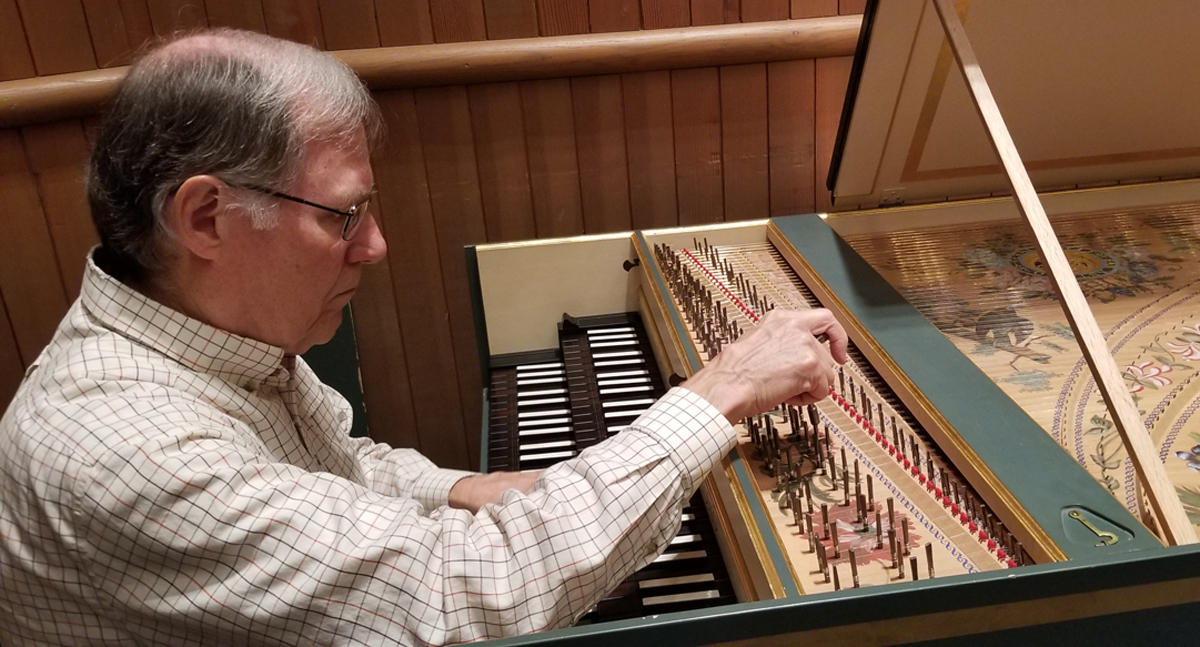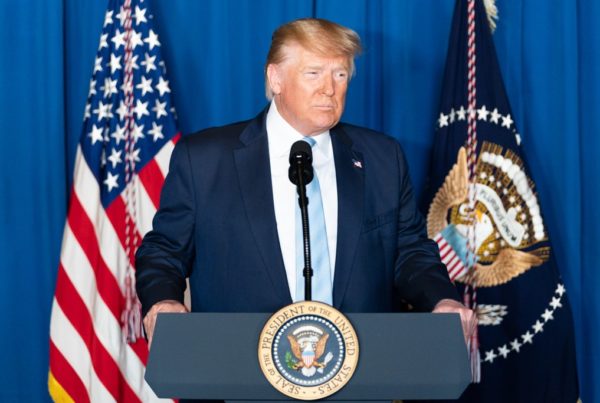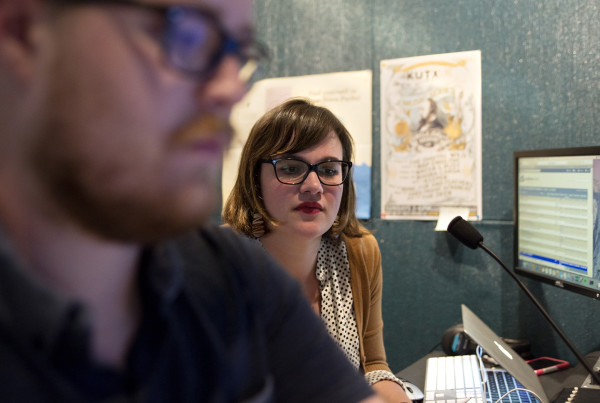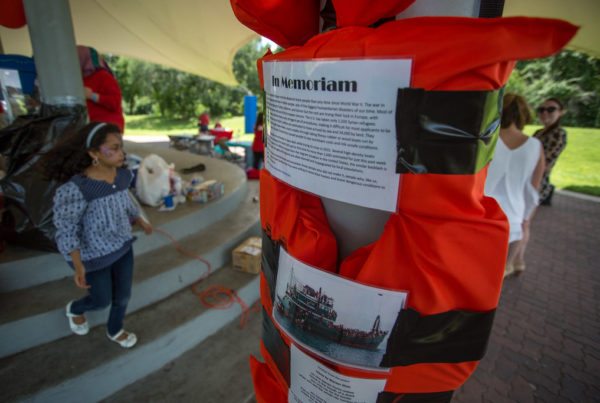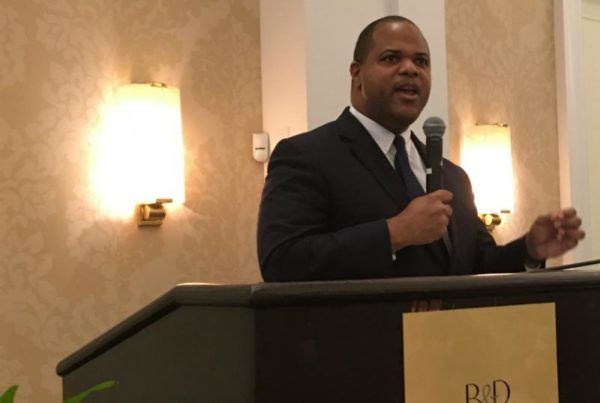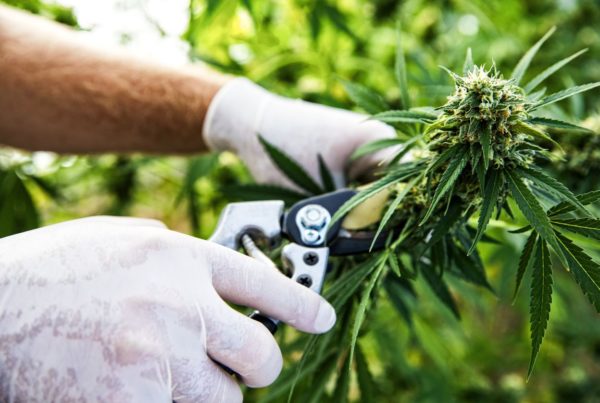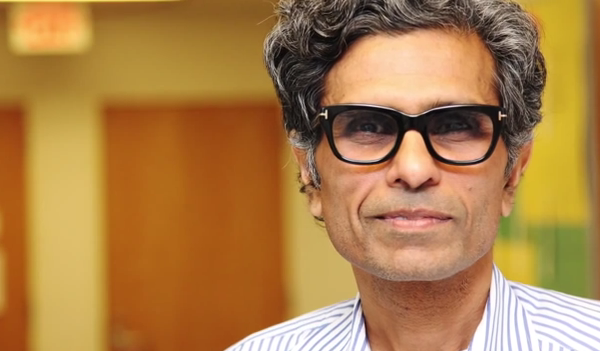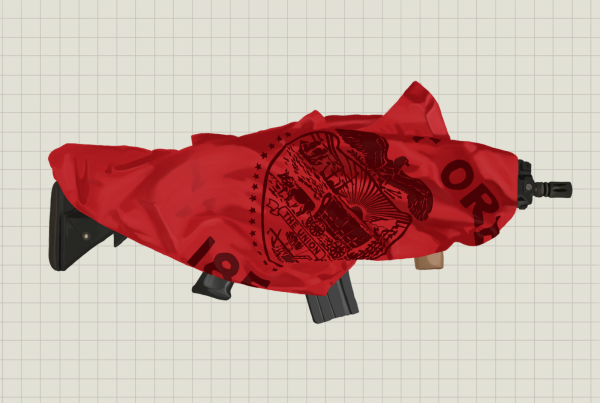From TPR:
Conductor Sir Thomas Beecham once quipped, “The sound of a harpsichord is two skeletons copulating on a tin roof in a thunderstorm.” Beecham, however, never heard one of Gerald Self’s harpsichords.
“There’s no skeleton copulating here,” Self said as he played one of his own harpsichords. “The skeleton might be doing something else.”
Self is one of the leading harpsichord makers in Texas. Step inside Self’s San Antonio home and you’ll see why. It’s filled, wall-to-wall, with harpsichords.
“Three, four, five, six, seven, eight and then nine and 10. And this one being worked on out there, and one here for a repair. So, it’s a bunch,” Self explained.
All of them are Self-built. And each was constructed while paying exact attention to historic detail. He is one of about two dozen harpsichord master craftsmen in America.
“Everything you see here is plagiarism. In fact, everything you see here is outright plagiarism. I have old pictures of old instruments, and I just did my absolute best to copycat.”
Even down to the ornate paintings of flowers and insects that populate the inside of the case.
Stroke-By-Stroke
“I did my best just to, to try to copy stroke-by-stroke,” he said.
The result is an instrument that doesn’t just sound like it was plucked from another time – but also looks like it. That is what the audience saw at a recent recital at Texas State University, when afterwards they were invited on stage to get a close-up gander at one of Self’s harpsichords.
“The biggest difference for me is the keys are wider on a piano. The splatting, there is less room to fit your finger on there,” said Ezra Bartz, coordinator for the piano program at Texas State. He said he enjoys performing on a Self harpsichord.
“It’s great. It’s one of the best I’ve played on,” Bartz said.
Self is self-taught about harpsichord making and its history.
“(The) earliest type of harpsichord evolved alongside the violin. It was very light,” he said. “It could be taken out and played on a table or it could be played inside the case — you know, prop the lid up with a stick — and because of the construction, the tone is drained off rather quickly.”
“And this was the classic harpsichord for the 16th century, the 17th century,” he added. “The opera orchestra grew up around this instrument.”
Over the next couple of centuries the harpsichord grew bigger and more complicated, and it produced a darker and majestic sound.


